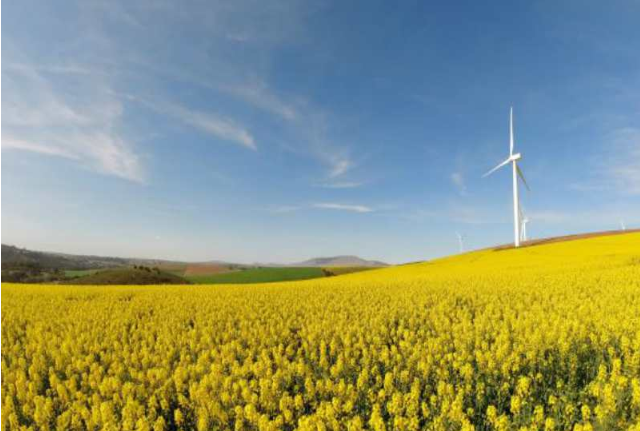The wind energy industry and its supply chain can be a massive game-changer, as recently reported by sector experts at the 2019 Windaba. Here's what they had to say.

The Southern African Development Community (SADC) alone has the potential to build 18GW of wind by 2030, the Global Wind Energy Council (GWEC) estimates. This is a third of the region’s current power pool.
Besides generating much-needed clean and affordable electricity, wind energy has the power to unlock economic growth in Africa, give a new impulse to the continent’s under-performing manufacturing sector. This and developing an energy storage industry can develop and transform economies and create millions of direct and indirect jobs.
Despite progress, energy security remains a challenge in the continent. According to the African Development Bank (AfDB), over 640 million people in the region still don’t have access to clean, affordable, and reliable energy. This corresponds to an average electrification rate of 43%. All of this is a key deterrent to sustained economic growth, a healthy investment climate, job creation and the provision of public services.
Industry professionals voice their opinions
Besides generating much-needed energy, this scenario poses other economic opportunities, for instance, in terms of the local manufacturing of towers and internal components.
According to the South African Minister of Mineral Resources and Energy, Gwede Mantashe, it is imperative the renewable energy sector, wind stakeholders included, increases its local content efforts. This will boost economic growth and job creation, two priorities across the African region.
“The renewable energy programme must play a significant part in the industrialisation agenda. Climate change rationale aside, wind technologies could create the green economy jobs that are needed,” he said at the 2019 Windaba conference, taking South Africa as an example.
Ntombifuthi Ntuli, CEO of the South African Wind Energy Association (SAWEA), agreed with Mantashe. The lowest hanging fruits in developing a local wind component sector are steel and concrete wind towers and tower internals, she said. “This builds onto our country’s long-standing steel fabrication and construction capabilities.”
Blades are another opportunity, said Deo Onyango of General Electric Eastern Africa. “Blades are the next area of local content. It will create many employment opportunities as it is a very labour-intensive part of the supply chain,” he said.
To strengthen the local wind energy manufacturing sector in the SADC, the focus will be mainly on onshore wind. The offshore industry makes little sense in the region’s context yet, said Mary Quaney, Finance Director of Mainstream Renewable Power. “In our view, offshore wind makes more sense when the onshore resources have been exploited and greater scale can then be achieved by moving offshore,” she explained.